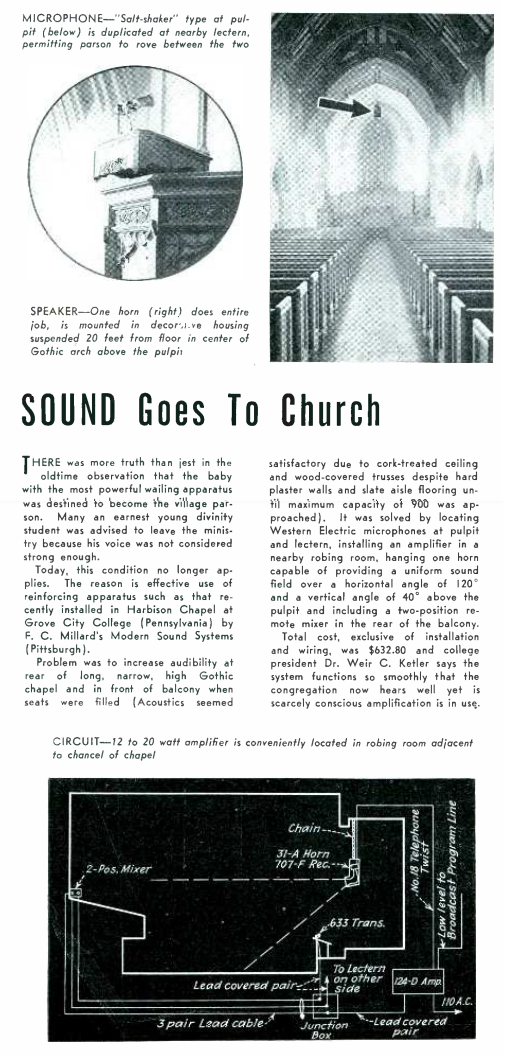 There was a time, not so long ago, when an absolutely necessary skill for any kind of orator was the ability to project one’s voice. Entire books were written on the subject, such as this one that notes:
There was a time, not so long ago, when an absolutely necessary skill for any kind of orator was the ability to project one’s voice. Entire books were written on the subject, such as this one that notes:
Bear in mind that as voice is dependent upon a copious supply of air, under the control of the will, so breathing is dependent upon pure blood, which, in turn owes its existence to proper and sufficent food and physical exercise.
Whenever you read a speech that predates electronic amplification, whether it is the Gettysburg Address or Teddy Roosevelt’s “Big Stick” speech, it is well to remember that if those in the crowd heard what the speaker was saying, it was only because they were able to hear the voice. This began to change in the 1930s and 1940s. For example, we previously reported, the legislative chambers of the Iowa State Capitol were first wired for sound in 1939. Before that date, the legislators had to project their voices so that they could be heard throughout the chamber.
And a member of the clergy had to have something besides a grasp of theology, Greek, and Hebrew. He had to have a strong enough voice. Eighty years ago this month, the October 1941 issue of Radio Retailing put it this way:
Many an earnest young divinity student was advised to leave the ministry because his voice was not considered strong enough.
But the magazine also noted that “today, this condition no longer applied,” and it presented an opportunity for the entrepreneur able to supply the requisite sound system.
The magazine carried the case study of Harbison Chapel at Grove City College, Pennsylvania, which was brought into the twentieth century by F.C. Millard’s Modern Sound Systems of Pittsburgh.
The Gothic chapel could seat 900 and was long, narrow, and tall. Millard was able to provide a satisfactory system at a cost of $632.80 (according to this inflation calculator, almost $12,000 in 2021 dollars), plus installation and wiring. The system consisted of two Western Electric 633A “saltsharker” microphones, one each at the pulpit and lectern, a 12-20 watt 124D amplifier, and a single horn speaker above the pulpit. A mixer was installed at the rear of the balcony.
The college’s president, Dr. Weir C. Ketler, noted that the system functioned so smoothly that the congregation could hear well yet be scarcely conscious that amplification was in use.
